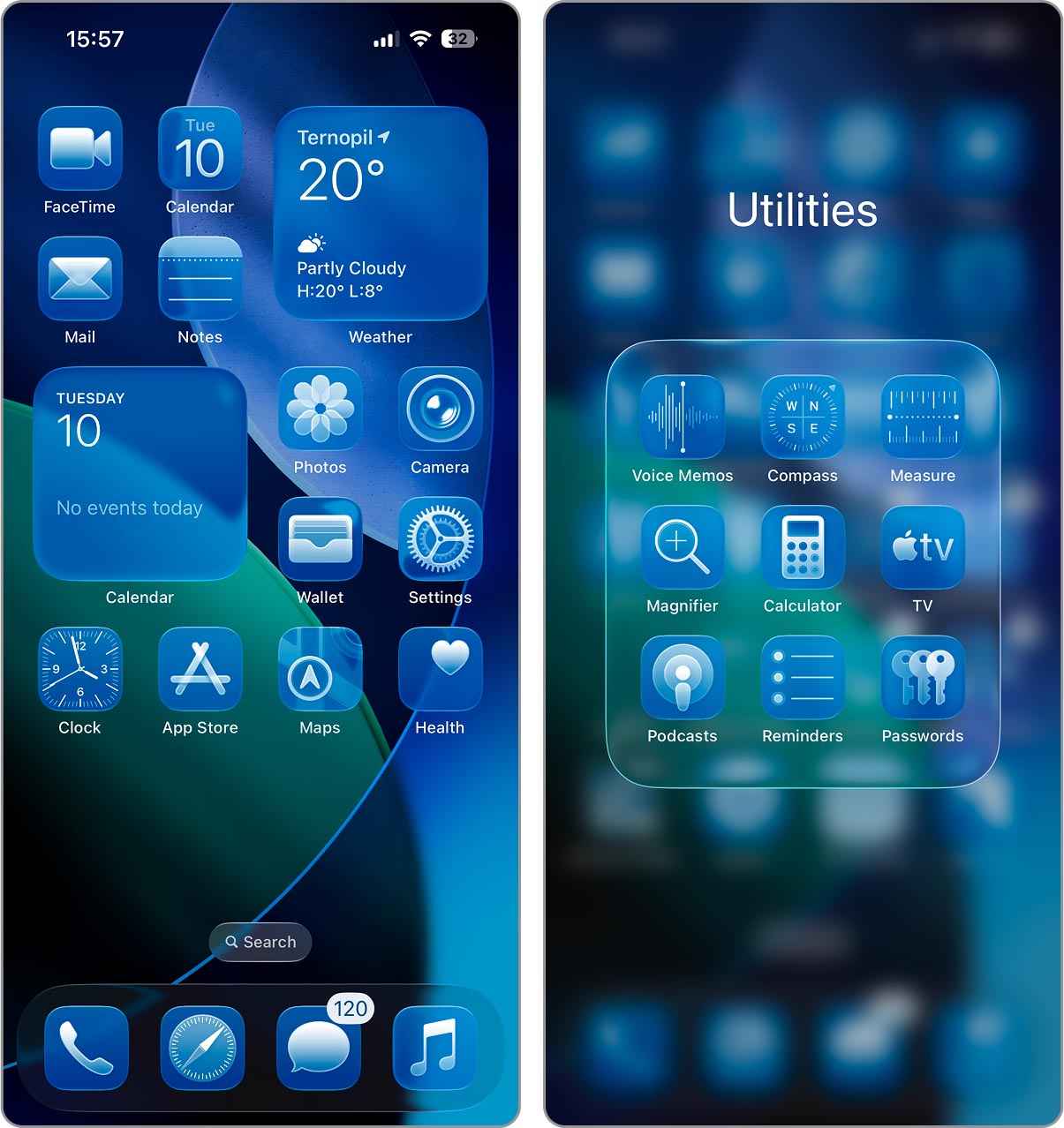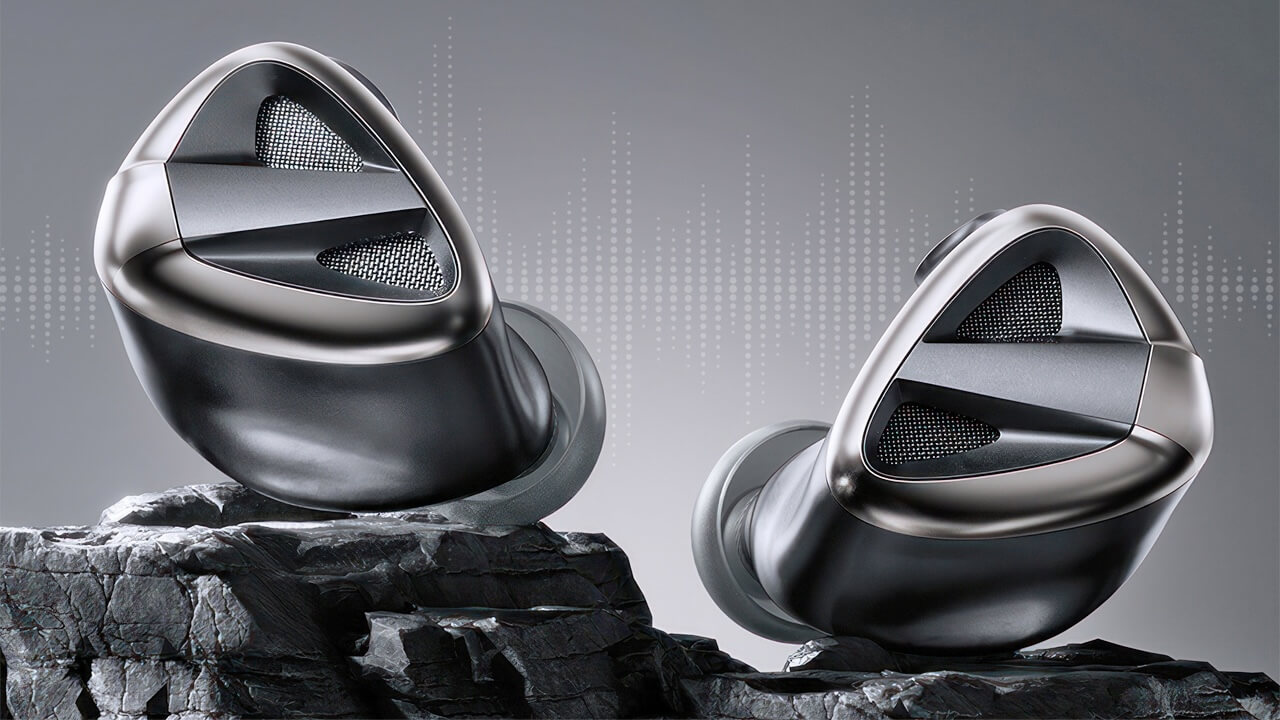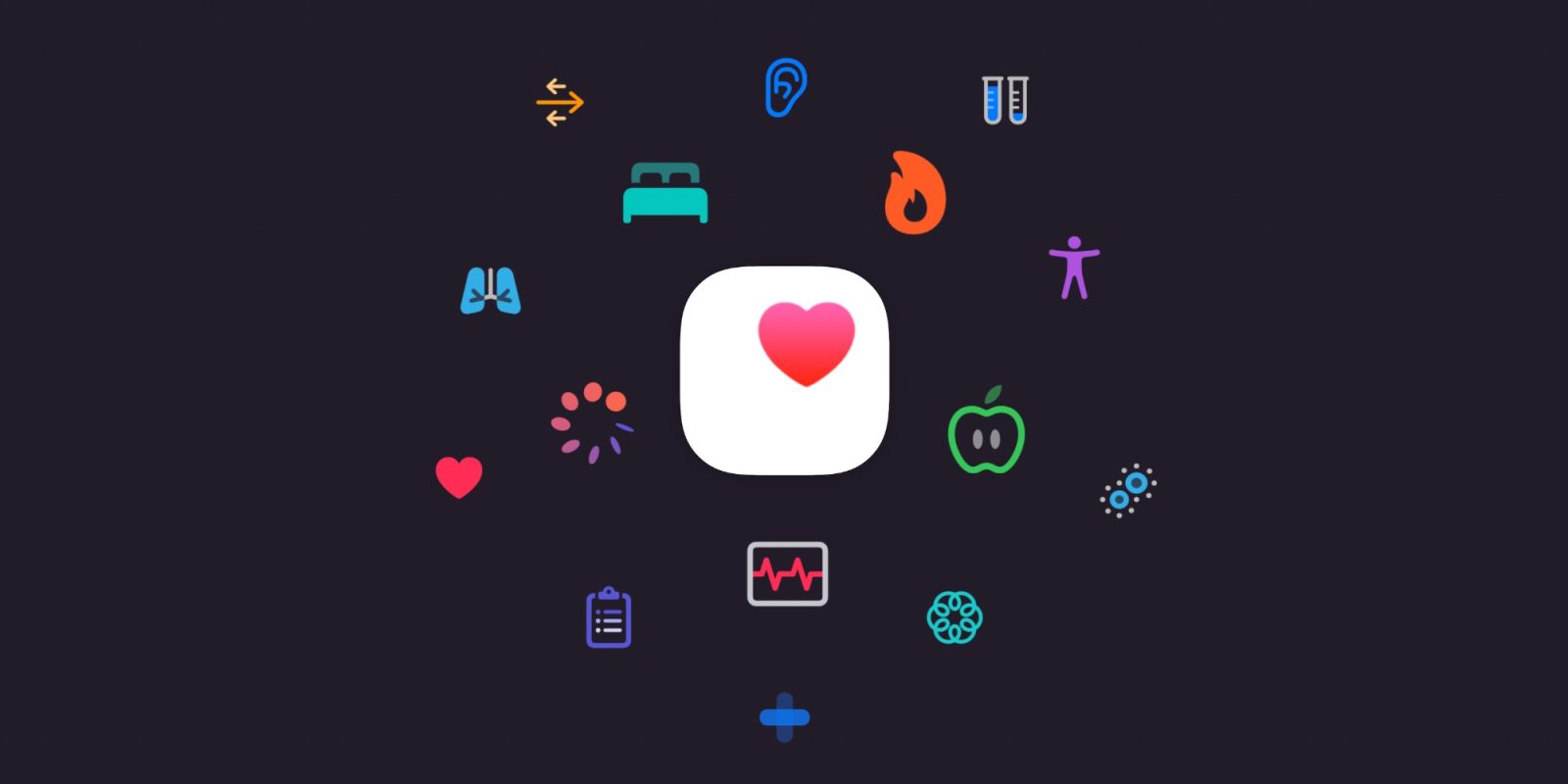upgrades for smart homes, such as devices that facilitate automation throughout the home, enhance energy efficiency, and provide more enjoyable entertainment options. You don’t need to spend a fortune to incorporate these smart home features into your space. Affordable smart home technology exists, delivering remarkable functionality at a much lower cost than many individuals expect when envisioning a futuristic home.
Focusing on the priorities of newcomers and tech enthusiasts who have budget considerations, we’ve compiled several ways to transform your residence into a smart home. Each option offers practical advantages along with the possibility of added enjoyment, as a smart home should be as entertaining as it is practical. So, whether you reside in a house or an apartment, whether you are enhancing vital smart home devices or searching for your first purchase, here are some cost-effective, enjoyable, and easy-to-install smart home solutions.










